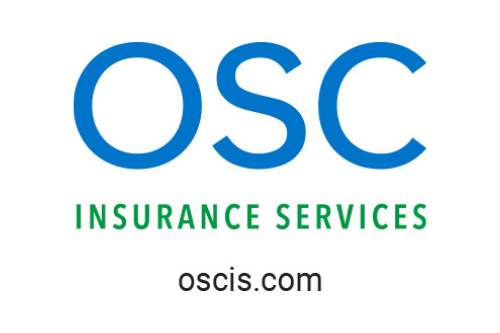

Mortgage impairment insurance is an essential product for mortgage lenders, particularly regional banks, credit unions, and community banks. It is primarily designed to provide coverage needed in the event an uninsured or underinsured damages a mortgaged property and that borrower (a homeowner or a commercial property owner) failed to maintain the required property insurance, and subsequently defaults on their loan as a direct result of the loss or damage to the property.
“All mortgage lenders, originators, and servicers should carry mortgage impairment insurance,” said Paul Zubrowski, assistant vice president of underwriting at OSC, an established lender-placed insurance and tracking technology company of Breckenridge Group. “It’s an inexpensive product that can cover a wide range of exposures related to mortgage lending.”
A comprehensive policy, like OSC’s mortgage impairment coverage, will contain both first-party coverage for property damage and third-party liability coverage. The first-party element will cover a loss when there’s a lapse in property insurance at a mortgaged property. A typical claim example might include a homeowner that cancels their homeowner’s insurance policy due to financial difficulties, and, for whatever reason, notice of that cancellation fails to make it to the lender. The lender is unaware the coverage has lapsed, there’s a fire at the property which causes a total loss, and, as a result, the borrower defaults.
On the third-party side, there are a wide range of liability coverages. Most are related to errors and omissions, for example if a lender escrows the insurance premium and property taxes, and through an error in their system or procedures, they fail to make an insurance payment and the property owner’s coverage lapses. If that property owner suffers a loss that would have been covered by their policy, the lender may be held legally liable due to their error.
“Mortgage impairment insurance provides coverage when there’s an unknown exposure,” said Zubrowski, “but there are other steps that lenders can take to mitigate their risks, such as using tracking technology to verify the required insurance is in force. At closing, a lender will verify that the appropriate property insurance coverage has been purchased – usually they will require an all-risks policy – and then they’ll track it on an annual basis to confirm the required insurance is still in force. The period before they’re aware of any lapse in coverage is when mortgage impairment insurance will protect them.”
OSC’s mortgage impairment coverage is broader than most and can provide protection in the event that: a lender makes errors and omissions related to GNMA, FNMA, and/or FHLMC guidelines; a lender makes an improper determination or fails to mandate flood insurance required by the Flood Act; there are title-related issues, such as the loss of their security interest due to defective title; a lender fails to disclose to the VA, FHA or a private mortgage insurer that mortgage payments are in arrears; or the lender incurs losses due to the verification, certification, maintenance and custody of documents concerning loans sold to GNMA, FNMA or FHLMC.
“At OSC, we have access to a top-rated carrier that has the depth of knowledge and experience related to mortgage impairment coverage that allows us to assist just about every mortgage lender,” Zubrowski told Insurance Business. “This is a very small, niche market and there are very few carriers that offer coverage. At OSC, we’re able to offer broader coverages and higher limits than are currently available in today’s market. We’re seeing a lot of submissions at the moment because other carriers are either canceling coverage or they’re restricting coverage and reducing limits. In most cases, a completed application is all we need to provide a quote.”
